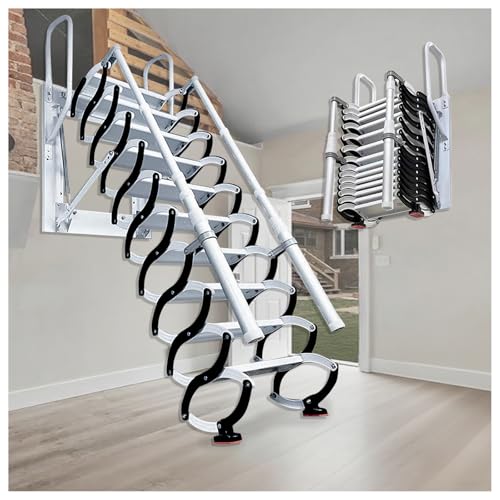The Disadvantages of a Floating Staircase
A floating staircase, also known as a cantilevered staircase, is a modern and sleek design feature that is growing in popularity among homeowners and architects. This type of staircase adds an element of elegance and sophistication to any space, but it is important to consider the potential disadvantages before deciding if it is the right choice for your home. In this article, we will explore the downsides of a floating staircase.
Limited Support and Stability
One of the main drawbacks of a floating staircase is the limited support and stability it offers. Unlike traditional staircases that have a solid foundation and are supported by the walls, a floating staircase relies solely on one side for support. This design can cause the staircase to feel less secure and sturdy compared to traditional staircases, especially when carrying heavy loads or for those who have mobility challenges.
Noise and Vibration
Due to its floating design, a floating staircase can be prone to noise and vibration. When walking up or down the stairs, the lack of support and connection to the walls can cause the stairs to creak, squeak, or vibrate. This can be bothersome for those who are sensitive to noise or for households with multiple residents, as the noise and vibration can travel throughout the space and disturb others.
Limited Design Options
While floating staircases are known for their modern and minimalist design, they do have limitations when it comes to customization and design options. The structural constraints of a floating staircase may restrict the materials, shapes, and finishes that can be used. Additionally, the open design of a floating staircase may not provide the desired privacy or separation between different levels of a home, which can be a disadvantage for those who prefer a more enclosed space.
Higher Installation and Maintenance Costs
Compared to traditional staircases, floating staircases tend to have a higher installation and maintenance cost. The complex engineering required to create a floating staircase often involves working with specialized materials, such as steel, glass, or acrylic, which can be more expensive than traditional staircase materials. Additionally, the lack of support from walls or other structures may require additional reinforcement or structural modifications, which can further increase the installation costs.
Safety Concerns
While floating staircases can add a striking architectural feature to a space, they may present safety concerns, particularly for households with young children or elderly individuals. The open design of a floating staircase can make it easier for small children to accidentally slip through the gaps between the steps, posing a risk for falls or accidents. Elderly individuals or those with mobility challenges may also find it more difficult to navigate a floating staircase due to its lack of support and stability.






